Formaldehyde Hazards: Unveiling the Silent Threat to Health

Interior carpentry materials in your home contain formaldehyde, a toxic gas that can lead to serious health issues, including cancer.
Formaldehyde, a commonly used chemical in various industries, has been unequivocally identified by the World Health Organization (WHO) as a carcinogen and teratogenic substance. Beyond its role as a known source of allergic reactions, formaldehyde poses a potent threat as a mutagen with potentially severe health consequences. Understanding the multifaceted risks associated with formaldehyde exposure is imperative, as it impacts individuals across different age groups, making it a pervasive concern for public health.
Health Impacts at Low Doses:
Even at low doses, formaldehyde can instigate a spectrum of health issues. Chronic respiratory diseases, menstrual disorders in women, pregnancy-related syndromes, reduced physical fitness in newborns, chromosomal abnormalities, and the development of nasopharyngeal carcinoma are among the documented effects. At higher concentrations, formaldehyde proves to be toxic to critical bodily systems such as the nervous and immune systems, as well as the liver. The dual role of formaldehyde as a teratogen and carcinogen, particularly its association with leukemia, intensifies its health implications.
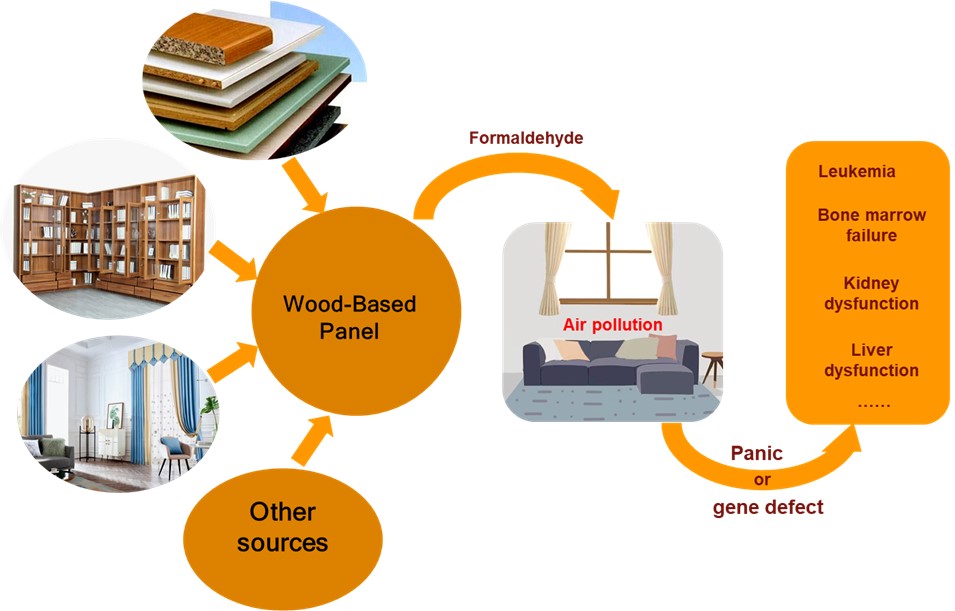
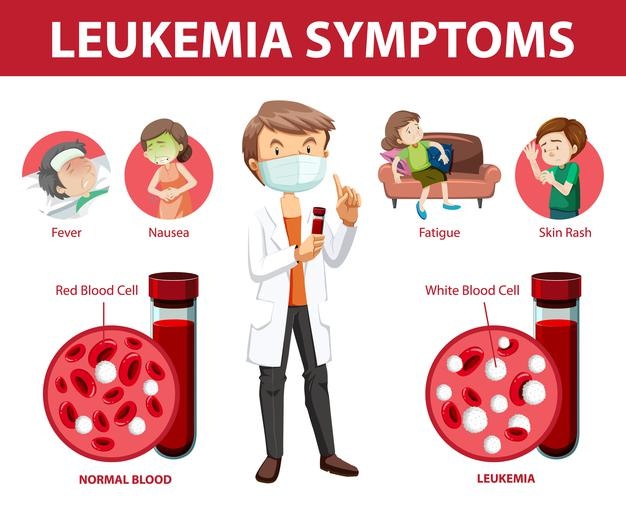
Ineffective Purification Methods:
Contrary to popular belief, common methods for indoor air purification, such as using green plants, fail to effectively remove formaldehyde. The persistence of formaldehyde, even in the presence of window ventilation and high temperatures, underscores the necessity for proactive measures to address its presence.
Inability to Remove through Chemical Solutions:
Chemical solutions alone are insufficient for eliminating formaldehyde from indoor spaces, presenting a challenge in the quest for effective air quality control. However, there is hope in specialized formaldehyde removal products designed to mitigate this persistent threat.
Effects of Formaldehyde Exposure by Inhalation and Acute Toxicity Dose
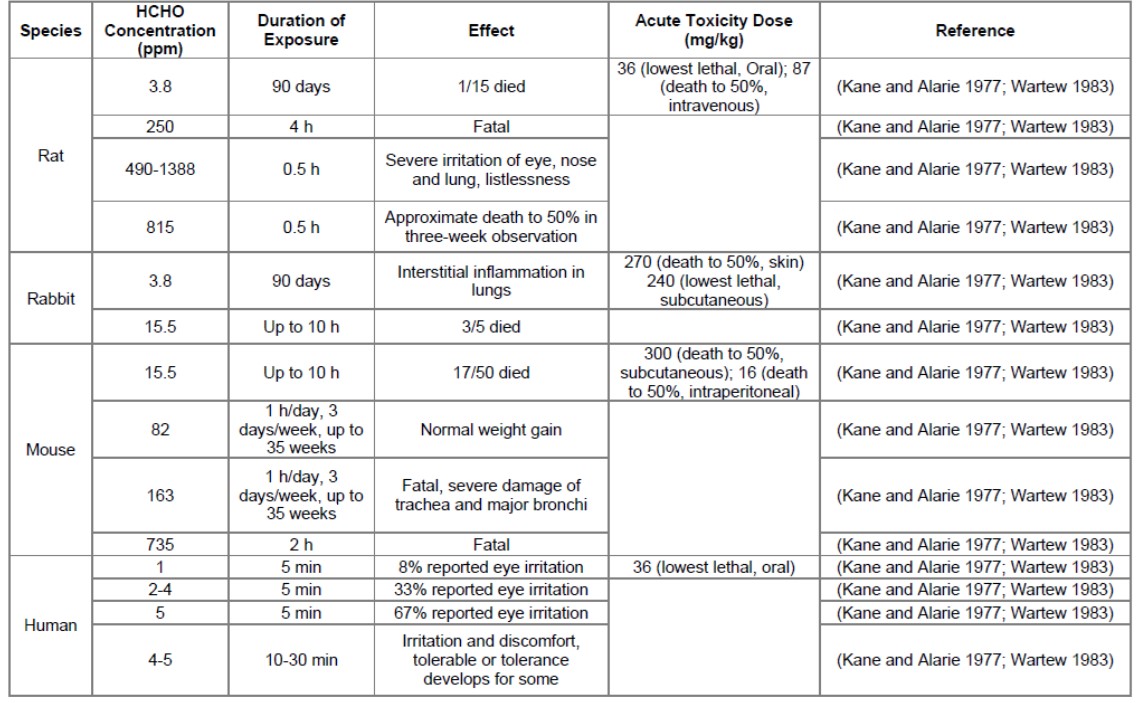
Specific Vulnerabilities of Different Demographics:
- Children: The characteristic behavior of formaldehyde gas, which tends to concentrate below one meter indoors, poses a heightened risk to children. Given their high activity levels and metabolism, children require more oxygen, making them particularly susceptible to formaldehyde’s harmful effects. Incidents of formaldehyde poisoning, often observed in children, can lead to severe conditions such as childhood leukemia and acute asthma.

- Elderly Individuals: The fragility of elderly individuals’ blood vessels makes them more susceptible to direct stimulation by formaldehyde. Prolonged exposure can manifest as bronchial asthma, lung diseases, eye irritation, skin allergies, and sore throat.
- Pregnant Women: Long-term inhalation of formaldehyde by pregnant women may result in direct adverse reactions, including headaches, nausea, palpitations, and irritability. Moreover, it can induce chromosomal changes in the fetus, contributing to congenital defects.
- Adults: Adults, particularly those spending extended periods in environments with formaldehyde, such as offices, face an increased risk of sub-health conditions and illnesses over time. The lack of opportunities to absorb fresh air exacerbates this risk.
Conclusion:
Formaldehyde’s pervasive presence demands a collective and informed effort to mitigate its health impacts. By understanding the hazards it poses and adopting measures such as choosing low-formaldehyde materials and utilizing formaldehyde removal products, individuals can contribute to creating healthier indoor environments and protecting the well-being of diverse age groups. It is paramount to prioritize public awareness and advocate for stringent measures to limit formaldehyde exposure, fostering a safer and healthier living and working environment for all.
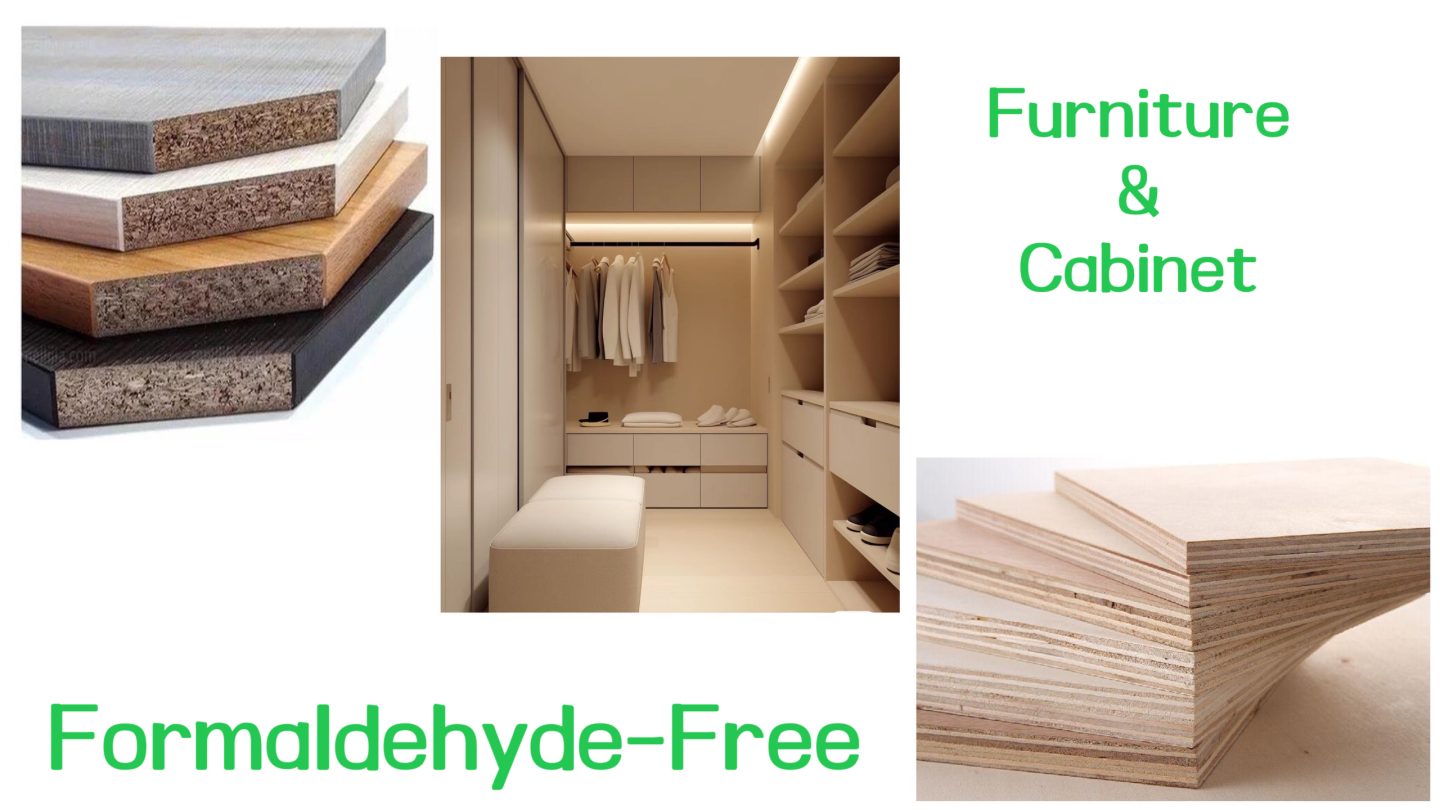





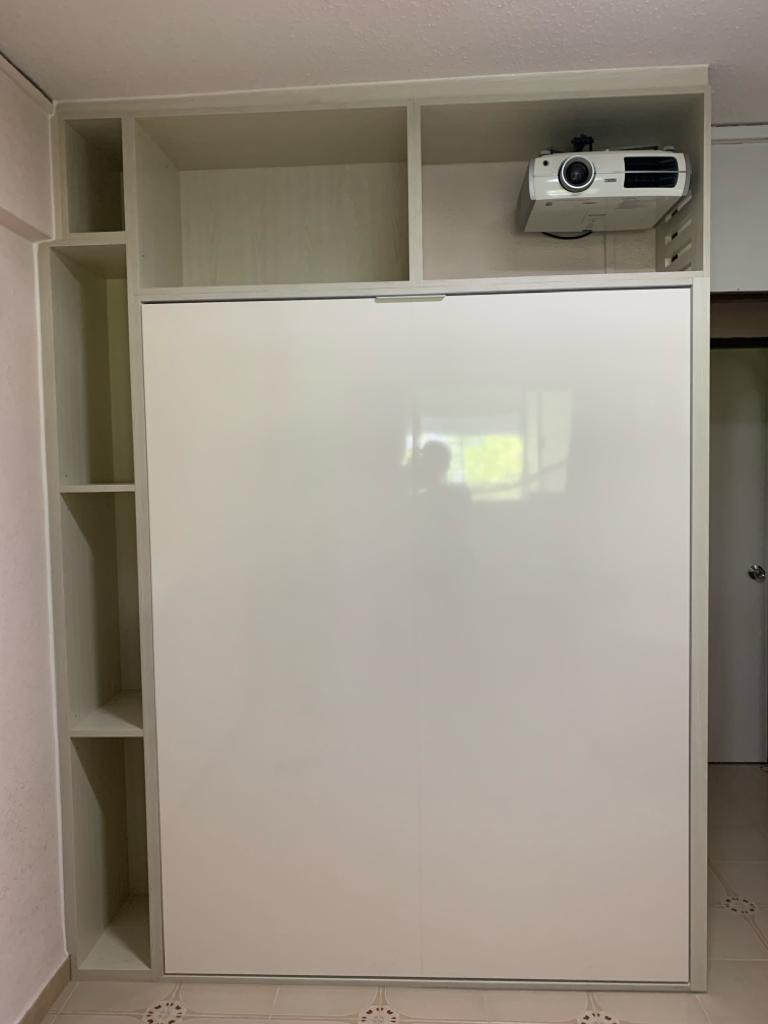


 sales@speedydecor.com
sales@speedydecor.com